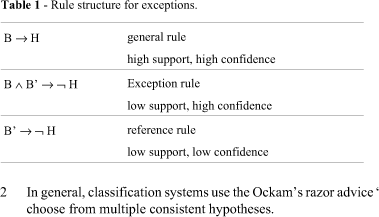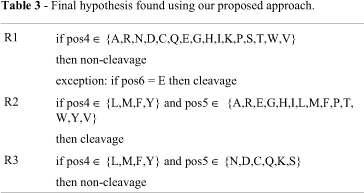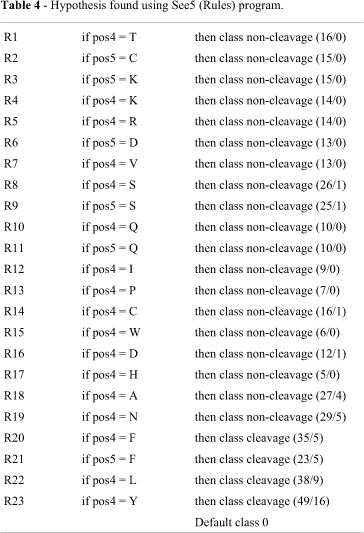The aim of data mining is to find useful knowledge inout of databases. In order to extract such knowledge, several methods can be used, among them machine learning (ML) algorithms. In this work we focus on ML algorithms that express the extracted knowledge in a symbolic form, such as rules. This representation may allow us to ''explain'' the data. Rule learning algorithms are mainly designed to induce classification rules that can predict new cases with high accuracy. However, these sorts of rules generally express common sense knowledge, resulting in many interesting and useful rules not being discovered. Furthermore, the domain independent biases, especially those related to the language used to express the induced knowledge, could induce rules that are difficult to understand. Exceptions might be used in order to overcome these drawbacks. Exceptions are defined as rules that contradict common believebeliefs. This kind of rules can play an important role in the process of understanding the underlying data as well as in making critical decisions. By contradicting the user's common beliefves, exceptions are bound to be interesting. This work proposes a method to find exceptions. In order to illustrate the potential of our approach, we apply the method in a real world data set to discover rules and exceptions in the HIV virus protein cleavage process. A good understanding of the process that generates this data plays an important role oin the research of cleavage inhibitors. We consider believe that the proposed approach may help the domain expert to further understand this process.
data mining; exceptions; HIV; protease





